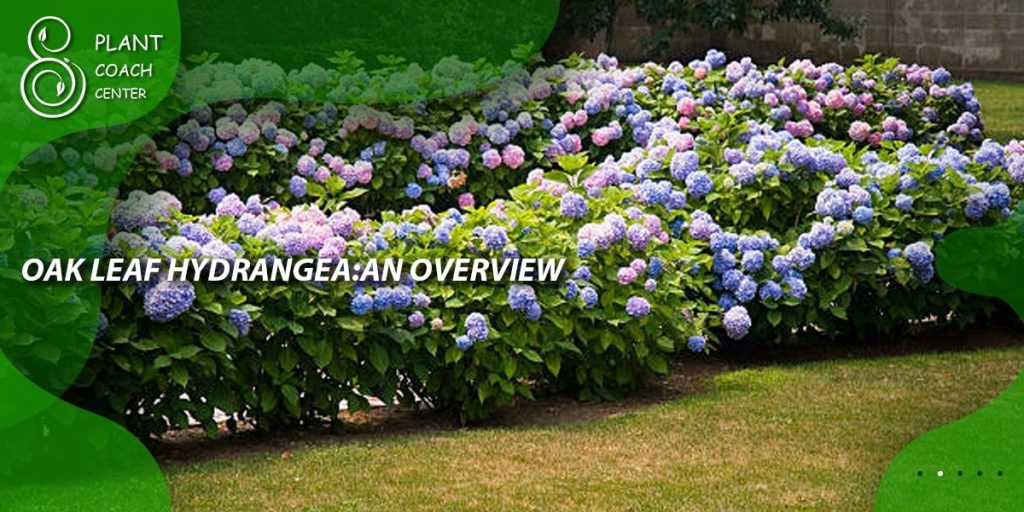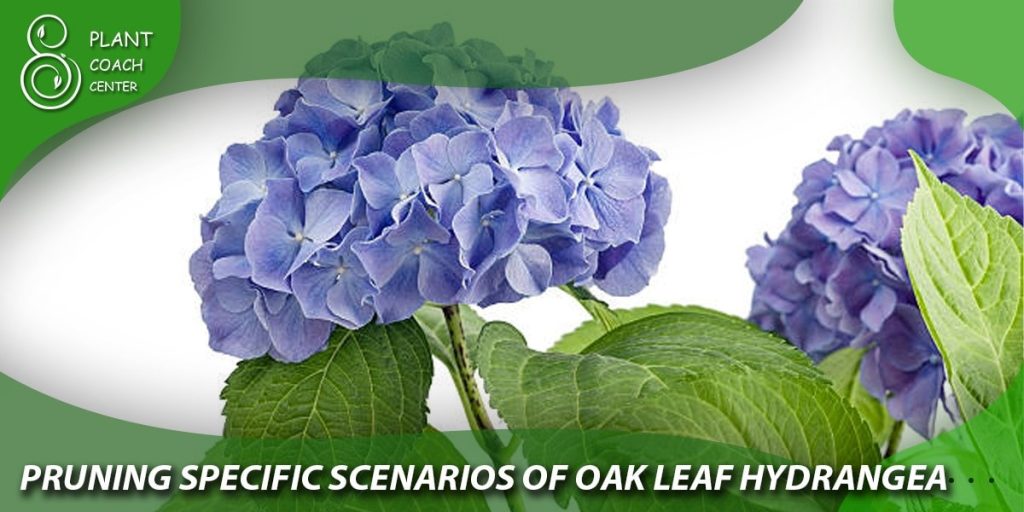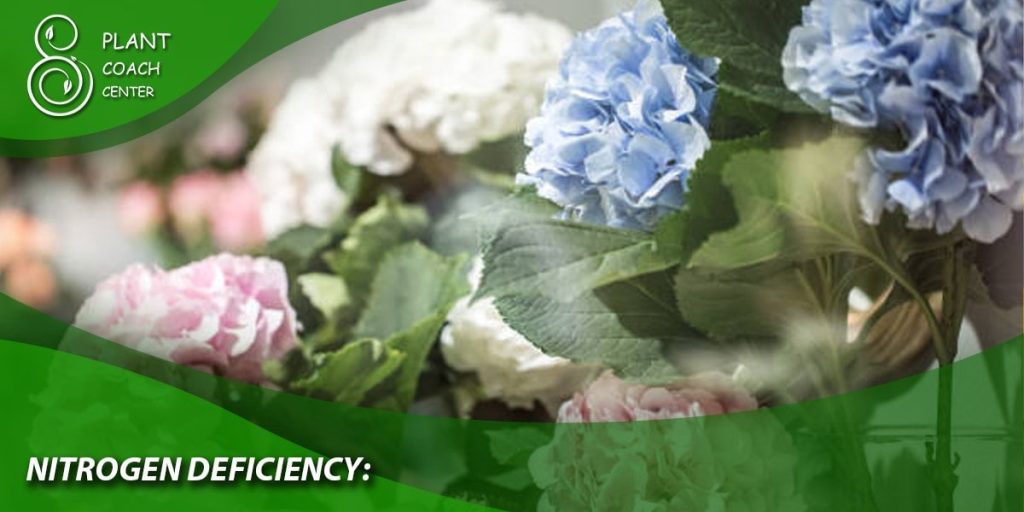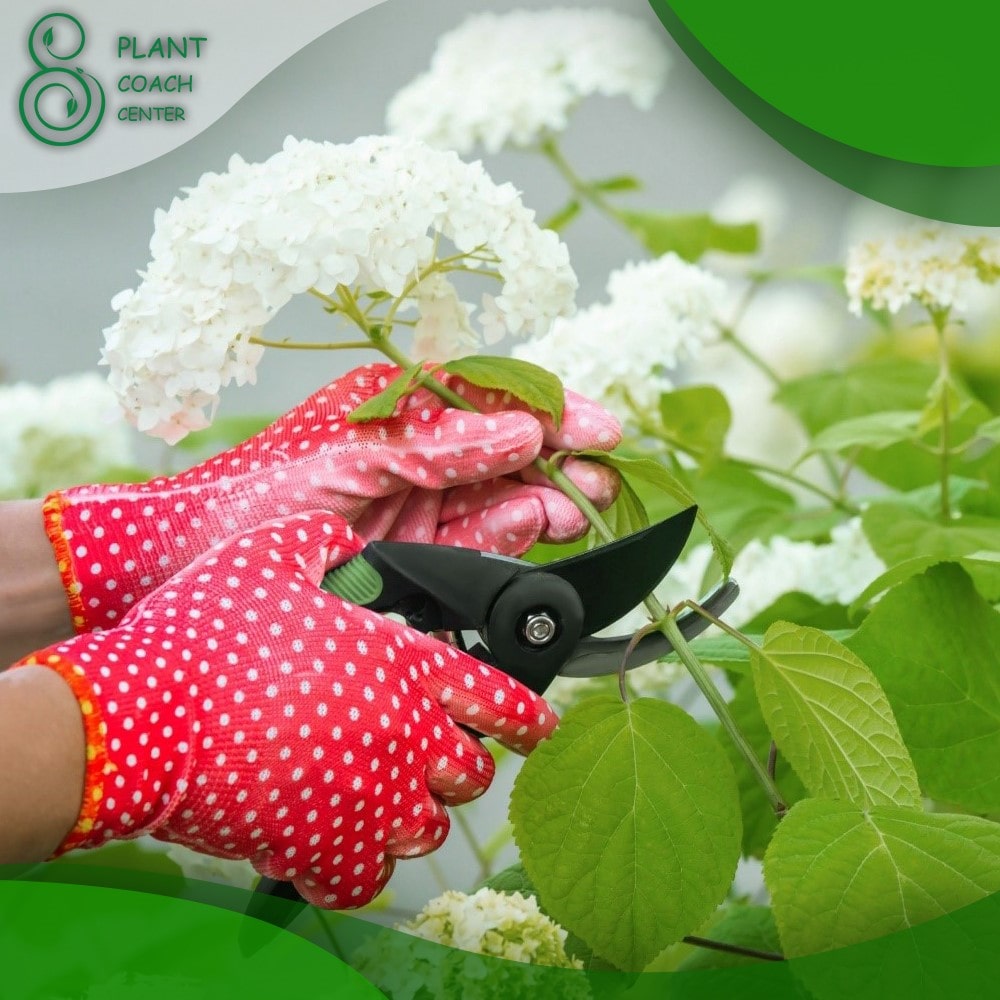Introduction to When to Prune Oak Leaf Hydrangea
Welcome to the comprehensive guide on the pruning of Oak Leaf Hydrangea (Hydrangea quercifolia). At Plant Coach Center, we believe in the power of proper plant care and maintenance. This article will delve into the art of pruning Oak Leaf Hydrangea, a beautiful and popular flowering shrub. Whether you are a seasoned gardener or a beginner, this guide will equip you with the knowledge and techniques to care for your Oak Leaf Hydrangea and ensure its health and vitality.

Oak Leaf Hydrangea: An Overview
Introduction to Oak Leaf Hydrangea (Hydrangea quercifolia)
Oak Leaf Hydrangea, scientifically known as Hydrangea quercifolia, is a stunning deciduous shrub native to the southeastern United States. It is cherished for its large, oak-shaped leaves and cone-shaped flower clusters. Before we delve into pruning techniques, let’s familiarize ourselves with the key characteristics and growing conditions of this magnificent plant.
Key Characteristics and Growing Conditions
– Oak Leaf Hydrangea features distinct lobed leaves resembling those of oak trees, hence its name.
– It typically grows to a height of 4-6 feet with an equal spread, making it ideal for both small and large gardens.
– This shrub thrives in USDA hardiness zones 5 to 9, preferring partial shade to full sun and well-drained soil.
Understanding the Growth Cycle of Oak Leaf Hydrangea
To effectively prune Oak Leaf Hydrangea, it’s crucial to understand its growth cycle. This shrub blooms on the previous season’s growth, known as “old wood.” Therefore, pruning at the wrong time can impact flowering. We will explore the optimal timing for pruning in the upcoming sections.
Pruning Oak Leaf Hydrangea: Factors to Consider

Timing: When to Prune Oak Leaf Hydrangea
Pruning Oak Leaf Hydrangea requires careful timing to ensure the best results. The following considerations will guide you in determining the appropriate time for pruning:
– Prune in late winter or early spring: It’s best to prune Oak Leaf Hydrangea before new growth begins.
– Avoid pruning in late summer or fall: Pruning during this time can remove the buds that will produce flowers the following year.
Growth Stage: Pruning Young vs. Established Plants
Pruning techniques may vary depending on the growth stage of your Oak Leaf Hydrangea:
– Pruning young Oak Leaf Hydrangea (1-3 years old): Focus on shaping the plant’s structure and removing any damaged or crossing branches.
– Pruning established Oak Leaf Hydrangea: This involves more maintenance pruning, such as thinning out crowded branches and removing dead or diseased wood.
Assessing Plant Health and Vigor
Before pruning, it’s essential to assess the health and vigor of your Oak Leaf Hydrangea. Take note of the following factors:
– Diseased or infested branches: Identify any signs of disease, pests, or other issues that may require targeted pruning.
– Overall plant vigor: Assess the general health and growth of the shrub to determine the extent of pruning needed.
Understanding Flowering Patterns and Their Impact on Pruning
Understanding how Oak Leaf Hydrangea flowers develop will help you make informed pruning decisions:
– Flower buds on old wood: Oak Leaf Hydrangea blooms on the previous season’s growth, so avoid removing branches that bear flower buds.
– Pruning for shape and size: Adjust pruning techniques to achieve your desired shape while preserving the flowering potential.
Tools and Techniques for Pruning Oak Leaf Hydrangea
- Essential Tools for Pruning
To effectively prune your Oak Leaf Hydrangea, you will need the following tools:
- Pruning shears: Use bypass pruners with sharp blades for clean cuts on smaller branches.
- Loppers: Long-handled loppers with thick blades are suitable for cutting larger branches.
- Hand pruners: These smaller-sized pruners are handy for delicate or intricate pruning tasks.
- Pruning saw: A pruning saw with a curved blade is ideal for cutting thicker branches.
- Gloves: Protect your hands from thorns, rough bark, and any potential allergens.
- Disinfectant: Use a disinfectant solution to clean your tools to prevent the spread of diseases.
- Pruning Techniques: Heading, Thinning, and Renewal Pruning
The following pruning techniques can be employed when pruning your Oak Leaf Hydrangea:
- Heading Pruning: This technique involves cutting back branches to a desired length or bud. It stimulates branching and can be used to control the shrub’s size.
– Make heading cuts just above a bud or side branch, angled away from the bud.
– Heading cuts should be made at a 45-degree angle to prevent water accumulation.
- Thinning Pruning: Thinning out branches helps improve air circulation, light penetration, and overall plant health.
– Identify crowded or crossing branches and selectively remove them.
– Cut branches back to their point of origin, such as the main stem or a larger lateral branch.
- Renewal Pruning: This technique involves removing older, thicker branches to encourage new growth and rejuvenation.
– Identify one or two of the oldest branches per year and remove them at ground level.
– Select branches that are weaker, damaged, or growing in undesirable directions for removal.
- Proper Pruning Cuts and Techniques for Different Branch Types
When making pruning cuts on Oak Leaf Hydrangea, keep the following guidelines in mind:
- Clean Cuts: Use sharp, clean tools to make smooth cuts, minimizing damage to the plant.
- Angle of Cuts: Make pruning cuts at a slight angle, sloping away from the bud or branch collar.
- Branch Collar: Preserve the branch collar, the raised area where a branch joins the main stem. Avoid cutting too close to it, as it aids in healing and prevents decay.
- Size of Cuts: For larger branches, use the three-cut technique: make an undercut, a top cut, and a final pruning cut to prevent bark tearing.

Pruning Specific Scenarios of Oak Leaf Hydrangea
- Pruning Newly Planted Oak Leaf Hydrangea
When dealing with newly planted Oak Leaf Hydrangea, it’s important to focus on establishing a strong framework and promoting healthy growth. Consider the following guidelines:
- Minimal pruning: Limit pruning during the first year to ensure energy is directed towards root development and establishment.
- Remove damaged or diseased branches: If any branches are visibly damaged or diseased, prune them back to healthy wood.
- Shaping the plant: If necessary, lightly shape the shrub by selectively pruning to encourage balanced growth.
- Rejuvenation Pruning for Neglected or Overgrown Plants
If your Oak Leaf Hydrangea has been neglected or has become overgrown, rejuvenation pruning can help restore its vitality. Follow these steps:
- Assess the plant: Determine the severity of overgrowth and identify any diseased or damaged branches.
- Gradual approach: To avoid shocking the plant, spread rejuvenation pruning over multiple seasons, removing one-third of the oldest branches each year.
- Remove dead or diseased wood: Start by cutting out dead or diseased branches completely.
- Thinning cuts: Thin out crowded branches, focusing on removing crossing branches and those that hinder airflow and light penetration.
- Renewal cuts: Selectively remove older, thicker branches at ground level to encourage new growth and rejuvenation.
- Pruning for Shape and Form: Espalier and Topiary Techniques
For those interested in creating unique shapes or forms with their Oak Leaf Hydrangea, consider espalier and topiary techniques:
- Espalier: Espalier involves training the shrub to grow flat against a wall or support structure. Pruning and training techniques will depend on the desired espalier pattern.
- Topiary: Topiary pruning allows you to shape the Oak Leaf Hydrangea into geometric or intricate forms. Regular pruning and training are required to maintain the desired shape.
Managing Common Problems of Oak Leaf Hydrangea
Oak Leaf Hydrangea, like any other plant, can face various problems such as diseases, pests, and nutrient deficiencies. Understanding and addressing these issues promptly is key to maintaining the health and vitality of your shrub.
- Disease Management
- Powdery Mildew: Powdery mildew is a fungal disease that appears as a white powdery coating on leaves. To manage it:
– Ensure proper air circulation around the plant by pruning dense branches and thinning out crowded areas.
– Apply fungicidal sprays according to the manufacturer’s instructions.
– Water at the base of the plant, avoiding overhead watering.
- Leaf Spot: Leaf spot diseases cause dark spots or lesions on the leaves. To manage leaf spot:
– Remove and destroy infected leaves and debris.
– Ensure adequate spacing between plants for air circulation.
– Avoid overhead watering to minimize leaf wetness.
- Pest Control
- Aphids: Aphids are small, sap-sucking insects that can infest Oak Leaf Hydrangea. To control them:
– Spray the affected areas with a strong stream of water to dislodge the aphids.
– Introduce beneficial insects like ladybugs or lacewings that feed on aphids.
– In severe cases, use insecticidal soaps or horticultural oils as a last resort.
- Spider Mites: Spider mites are tiny pests that cause stippling and webbing on leaves. Control measures include:
– Increase humidity by misting the leaves regularly.
– Use insecticidal soaps or oils specifically designed for spider mite control.
– Prune and dispose of heavily infested branches.
- Nutrient Deficiencies

- Iron Chlorosis: Iron deficiency can lead to yellowing leaves with green veins. To address iron chlorosis:
– Apply iron chelate or iron sulfate to the soil according to the product’s instructions.
– Maintain proper soil pH levels by amending acidic soil with lime or sulfur as needed.
- Nitrogen Deficiency: Nitrogen deficiency causes overall stunted growth and pale leaves. To remedy this:
– Apply a balanced fertilizer with a higher nitrogen content.
– Incorporate organic matter into the soil to improve nutrient availability.
Conclusion
Pruning Oak Leaf Hydrangea is an art that requires careful consideration of timing, techniques, and plant health. By understanding the growth cycle, employing appropriate tools and techniques, and addressing common problems, you can ensure the optimal health, shape, and beauty of your Oak Leaf Hydrangea.
Remember, regular maintenance, observation, and timely interventions are key to keeping your plant thriving. Enjoy the process of nurturing and shaping your Oak Leaf Hydrangea, and may it bring you years of joy and natural beauty in your garden.
This article was written by the plantcoachcenter.com and is related to plant care and maintenance, particularly focusing on Oak Leaf Hydrangea pruning techniques.
What tools are needed for pruning Oak Leaf Hydrangea?
Pruning shears, loppers, hand pruners, pruning saw, gloves, disinfectant.
How should I make pruning cuts on Oak Leaf Hydrangea?
Clean cuts, angled away from buds or branch collars.
How do I rejuvenate an overgrown Oak Leaf Hydrangea?
Gradually remove one-third of the oldest branches each year.
How do I manage powdery mildew on Oak Leaf Hydrangea?
Improve air circulation, apply fungicidal sprays, avoid overhead watering.







